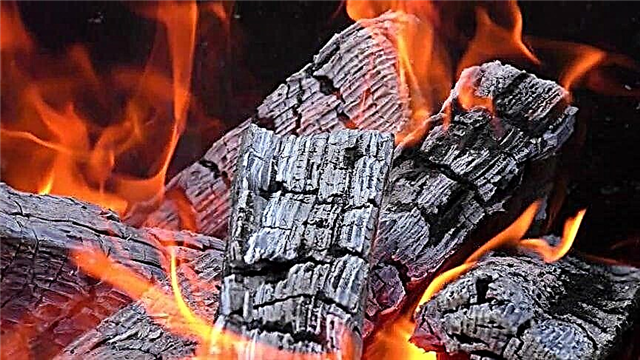
Diamond and graphite are truly derivatives of the same substance. Without being a specialist, without knowing the answer in advance, it is difficult to even imagine that the substances have a common origin.
But in fact, everything is true: brittle, easily exfoliating, decomposing under slight pressure into silver flakes of graphite and a solid transparent diamond - carbon. Where did the difference between them come from, why do they look different, have completely different properties? Scientists have long answered this question.
The difference between diamond and graphite

Both substances are carbon, but their crystal lattice is different. The carbon atom has four valence electrons, therefore, it can create up to four compounds with other atoms of its kind. During the formation of diamond, four bonds of high strength arise, but this option is not the only possible one. Graphite is formed when three strong bonds are created and the fourth one is weak. In this case, three strong form a layer, and the weak are between the layers, ensuring their weak bonding. Therefore, the layers of graphite easily decay, which made the substance ideal for creating a pencil lead.
Interesting fact: when a person writes with a pencil, the trace on the paper remains due to graphite decaying on the scales.
Graphite is opaque because its free electrons absorb light regardless of its frequency. However, diamonds differ in that light absorption is present only at excitation frequencies of bonds between atoms. Since the part of the frequency spectrum of this kind does not fall into the visible part of the human eye at all, diamonds look transparent. The tight fixation of atoms makes it the strongest material, provides dielectric properties, forming a natural insulator. In contrast, graphite is a conductor. However, the conductivity indicators are low.
What can be graphite and diamond?
The appearance of graphite in any form remains almost the same. It is gray, can be almost black, has a metallic luster. However, it cannot be attributed to metals, carbon cannot be. Under pressure, graphite always breaks up with scales, and its rigidity can vary. However, in any case, it cannot be compared with diamond.
When looking at a diamond, that is, a faceted diamond, transparency can be noted - although some stones are still unclear, but they can also have different shades. But diamond powder will always be white, while from graphite it remains black or gray. Despite the abundance of natural variations, these two forms of carbon are always very different, it is impossible to mix them up.
Can graphite be turned into diamond?
Different crystal lattices are formed due to the fact that both substances appear under different conditions.To form stronger bonds, extreme conditions, increased pressure, and temperatures are necessary. Practice has shown that by creating those for graphite, it is really possible to turn it into a diamond. Already the first experiments allowed to obtain small particles, which were such. In addition, diamond microparticles were repeatedly found in meteorites that fell on the surface of the planet - they probably formed just due to the influence of powerful destructive factors.
However, mankind cannot yet form large diamonds by artificial methods. They are formed only by nature, in special kimberlite pipes that go deep beneath the surface of the earth's crust. There is still much debate about where these tubes come from, how the planet forms precious stones with special properties. Perhaps we are talking about the most powerful electric discharges that pass between the earth's crust and the mantle - there is such a hypothesis. After all, the planet really constantly generates the most powerful tectonic energies, which also appear in the form of electricity.
But in any case, diamond and graphite look different, have different properties precisely due to the difference between their crystal lattices.












